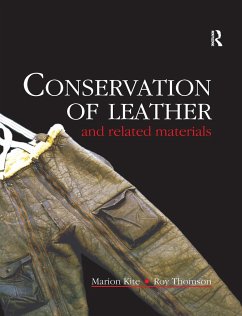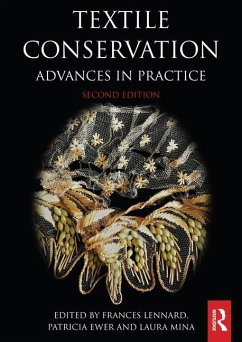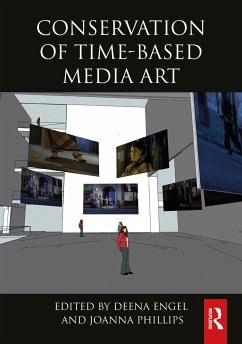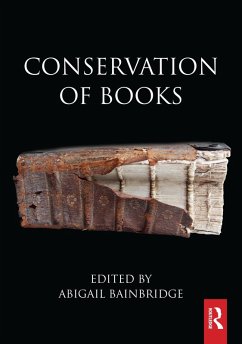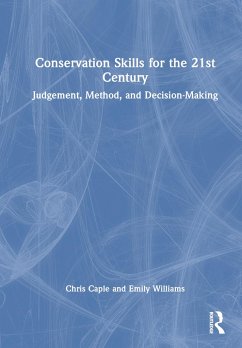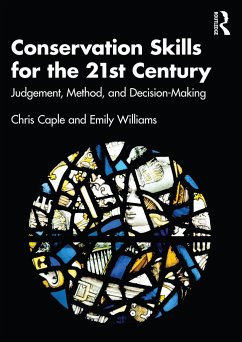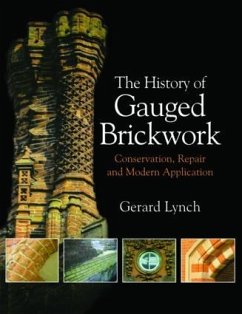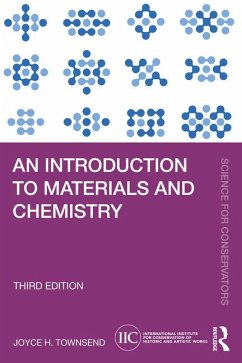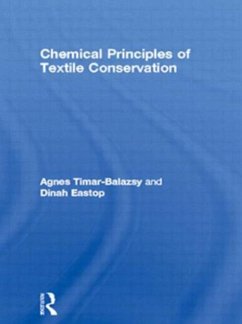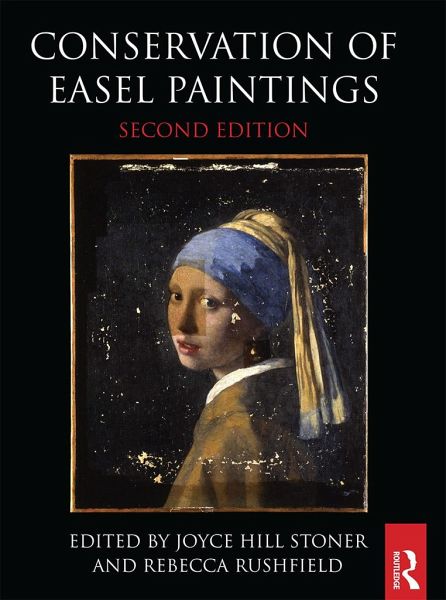
Broschiertes Buch
Conservation of Easel Paintings
Versandkostenfrei!
Versandfertig in über 4 Wochen

PAYBACK Punkte
47 °P sammeln!




Conservation of Easel Paintings, 2nd edition provides a much-anticipated update to the previous edition, which has come to be known internationally as an invaluable and comprehensive text on the history, philosophy and methods of the treatment of easel paintings.
Joyce Hill Stoner is Rosenberg Professor in the Art Conservation Department at the University of Delaware/Winterthur Museum, where she has taught paintings conservation since 1976. She was awarded the American Institute for Conservation's Lifetime Achievement award in 2003 and the CAA/Heritage Preservation Award for Distinction in Scholarship and Conservation in 2011. Rebecca Rushfield is a New York City-based conservation consultant with an interest in the history and literature of the field. She is active in the work of the American Institute for Conservation and the ICOM Committee for Conservation, and received the Gettens Award for outstanding service to the AIC.
Produktdetails
- Routledge Series in Conservation and Museology
- Verlag: Taylor & Francis Ltd
- 2 ed
- Seitenzahl: 948
- Erscheinungstermin: 30. Mai 2022
- Englisch
- Abmessung: 243mm x 190mm x 48mm
- Gewicht: 1968g
- ISBN-13: 9780367547646
- ISBN-10: 0367547643
- Artikelnr.: 64103483
Herstellerkennzeichnung
Libri GmbH
Europaallee 1
36244 Bad Hersfeld
gpsr@libri.de
Für dieses Produkt wurde noch keine Bewertung abgegeben. Wir würden uns sehr freuen, wenn du die erste Bewertung schreibst!
Eine Bewertung schreiben
Eine Bewertung schreiben
Andere Kunden interessierten sich für



